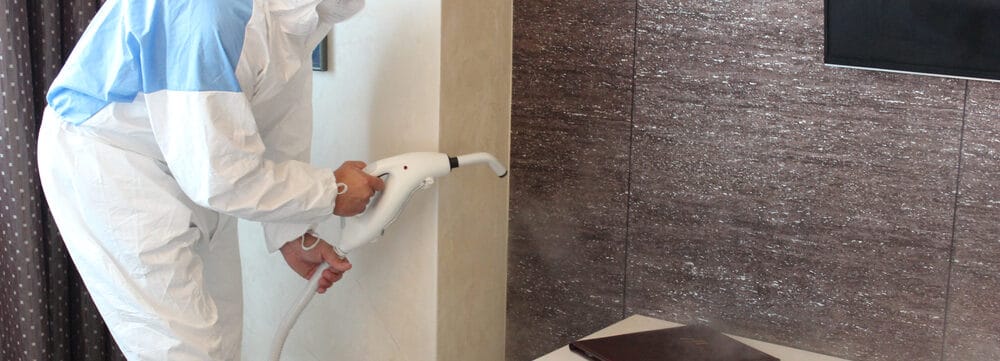Blog
Experts Agree – Infection Control Is Critical Now and In the Future of Healthcare Design

Earlier this year, Healthcare Design hosted a roundtable discussion bringing together a panel of professionals representing healthcare owners, designers, and product manufacturers. The session was held to discuss the evolution of design and specific products that support the healthcare industry’s infection control initiatives.
Attendees
- Mark Alan, senior vice president, product management and development at Inpro
- Leilani Barkan, interior designer, Cleveland Clinic
- Nancy Boldt, system manager furnishings, planning, design, and construction, Advocate Aurora Health
- Meghan McBride, vice president, strategic accounts, healthcare, education, and government, Tarkett
- Sylvia Nash, vice president, healthcare, Kwalu;
- Nan Schramm, associate partner, E4H Environments for Health Architecture
- Dr. Thomas Schwieterman, vice president, clinical affairs and chief medical officer, Midmark Corp
- Jennifer Wilcynski, associate, Orcutt/Winslow
- Sarah Wolfe, creative director, contract, Crypton
Insights From the Roundtable
As detailed in the article, “Power of Prevention,” owners, designers, and manufacturers share how healthcare product design has evolved to support infection control initiatives and how industry leaders as a whole must collaborate more to combat what’s to come beyond the current global pandemic.
Maintaining a clean environment has never been more critical. Building design that includes durable and chemical resilient products is now essential to protect the people who use and work within healthcare buildings.
There is and will be an industry-wide transition toward durable, cleanable, and seamless solutions—important components in an infection control strategy. Also avoiding the creation of germ-breeding grounds in the first place (i.e., reveals, seams, crevices, etc.—areas that might require a toothbrush to clean).
COVID-19 has inspired the need for true collaboration between design teams as well as healthcare staff members like environmental services (EVS), infection prevention, and nurses to identify what’s best.
A level of cooperation needs to take place between the manufacturers, designers and the people on the frontlines.
A conflict between new infection control measures and sustainable materials will be more evident because organic materials that are inherently more sustainable can’t generally survive harsh chemical cleaning agents needed in worst case scenarios.
Read the full story on this special roundtable discussion in Healthcare Design Magazine now or find it online here.
Marie Wikoff is the creator of Wikoff Design Studio based out of Reno, Nevada. Her expertise in healthcare design has helped modernize healthcare organizations locally, regionally, and internationally, improving patient experience and outcomes. Her credentials include Evidence-Based Design Accreditation and Certification (EDAC), American Academy of Healthcare Interior Designer (CHID), the National Council of Interior Design Qualification (NCIDQ) and LEED AP. Contact Marie Wikoff







